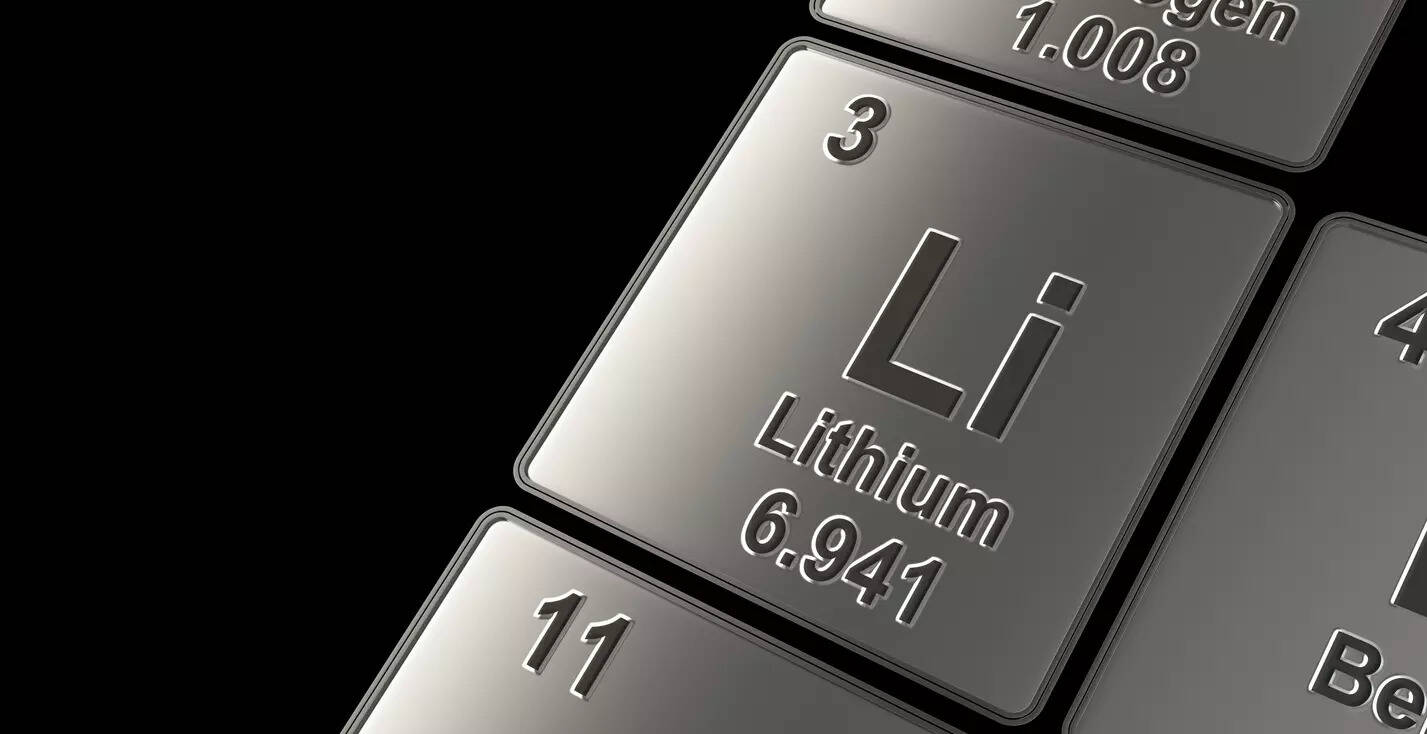
The Cabinet approved amendments to the Mines and Minerals (Development and Regulation) Act, 1957, on July 12, allowing for mining of lithium and other minerals, ET Now reported citing sources.
Lithium, one of the most prominent minerals in the EV era, is expected to get a sizeable boost from the new changes.
ET had earlier reported that the government was planning to amend the the act to encourage exploration of deep-seated minerals such as lithium, gold, silver, copper and zinc.
This is the fifth amendment to the Mines and Minerals (Development and Regulation) Act since 2014, with earlier changes mandating e-auction for mineral resources and allowing extension of mining leases which were expiring.
The amendment proposed to insert the provision of an exploration licence in the law which will be granted through auction for undertaking reconnaissance and prospecting operations, according to an official.
Companies will be allowed to suggest areas they want to explore, and eventually mine in India, as per the changes. This is a deviation from the usual practice where blocks or mines are defined by the government to be taken up for auction.
The licence will also be granted only for deep-seated and critical minerals that will be specified in a new schedule to the Act, said the official.
Such minerals include copper, tellurium, selenium, lead, zinc, cadmium, indium, gold, silver, diamond, rock phosphate, apatite, potash, and elements of the rare earth group. Critical and strategic minerals such as lithium, cobalt, molybdenum, rhenium, tungsten, graphite, vanadium, nickel, tin, platinum group of elements, columbite, tantalite, lepidolite, scheelite and cassiterite are also part of the list.
The amendment will pave the way for granting mineral concessions for undertaking the full range of exploration starting from reconnaissance to prospecting operations, ET had reported citing officials.
The changes are likely to incentivise private sector participation in all spheres of mineral exploration, with a focus on precious and critical ones. They will allow junior mining companies to get exploration rights on the basis of available baseline survey data. These companies explore the area from the reconnaissance stage and bring it up to the level required for starting mining operations.
Companies will also be allowed to transfer the mineral concession in full or part during the exploration period or at the conclusion of exploration, as per the changes.
As per an ET report, India currently has about 6,88,000 square kilometres of obvious geological potential areas, of which 1,97,000 sq km of high potential area has been identified by the Geological Survey of India.
It is estimated that only 1% of the global budget for mineral exploration is spent in India.

